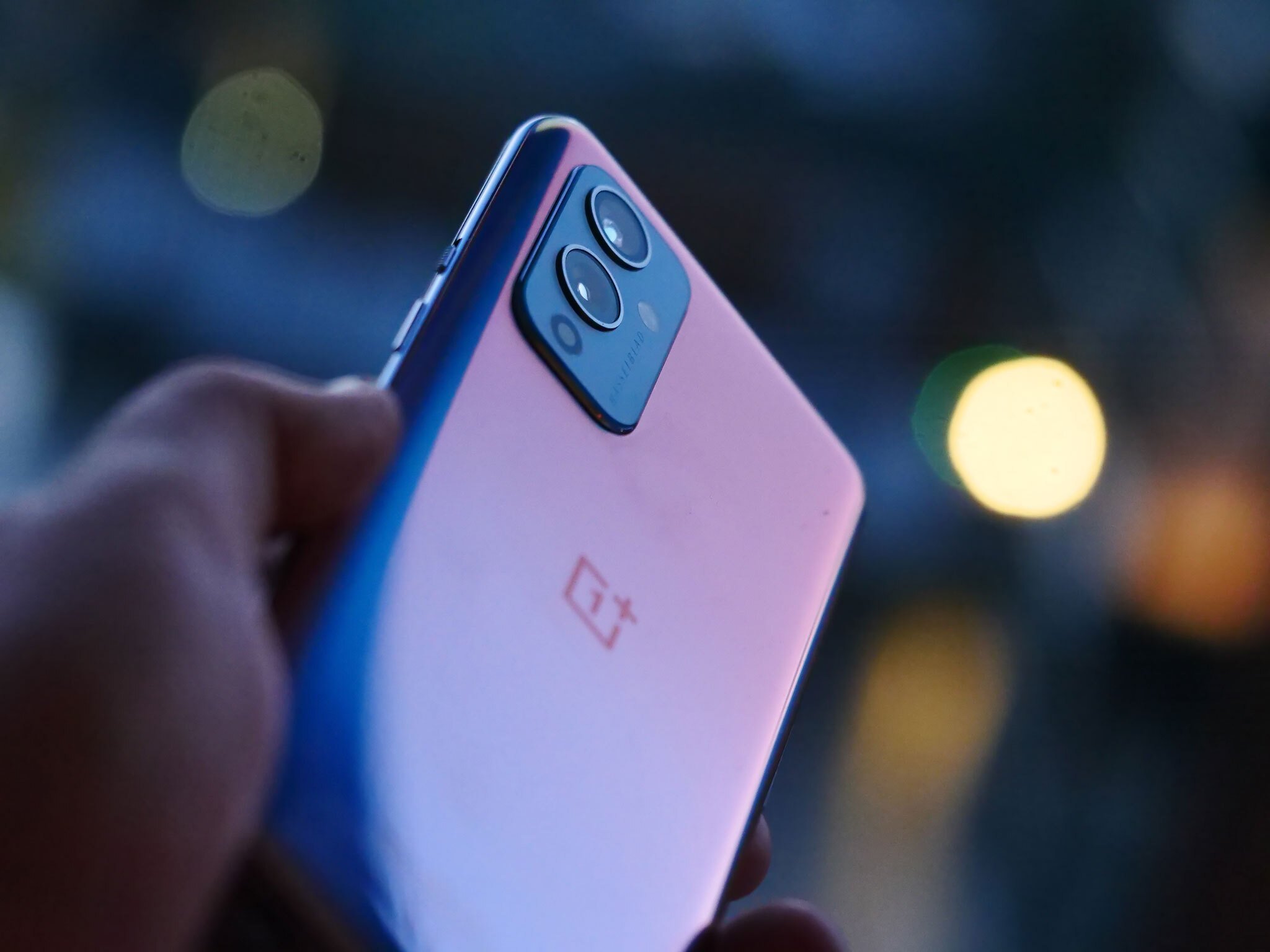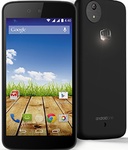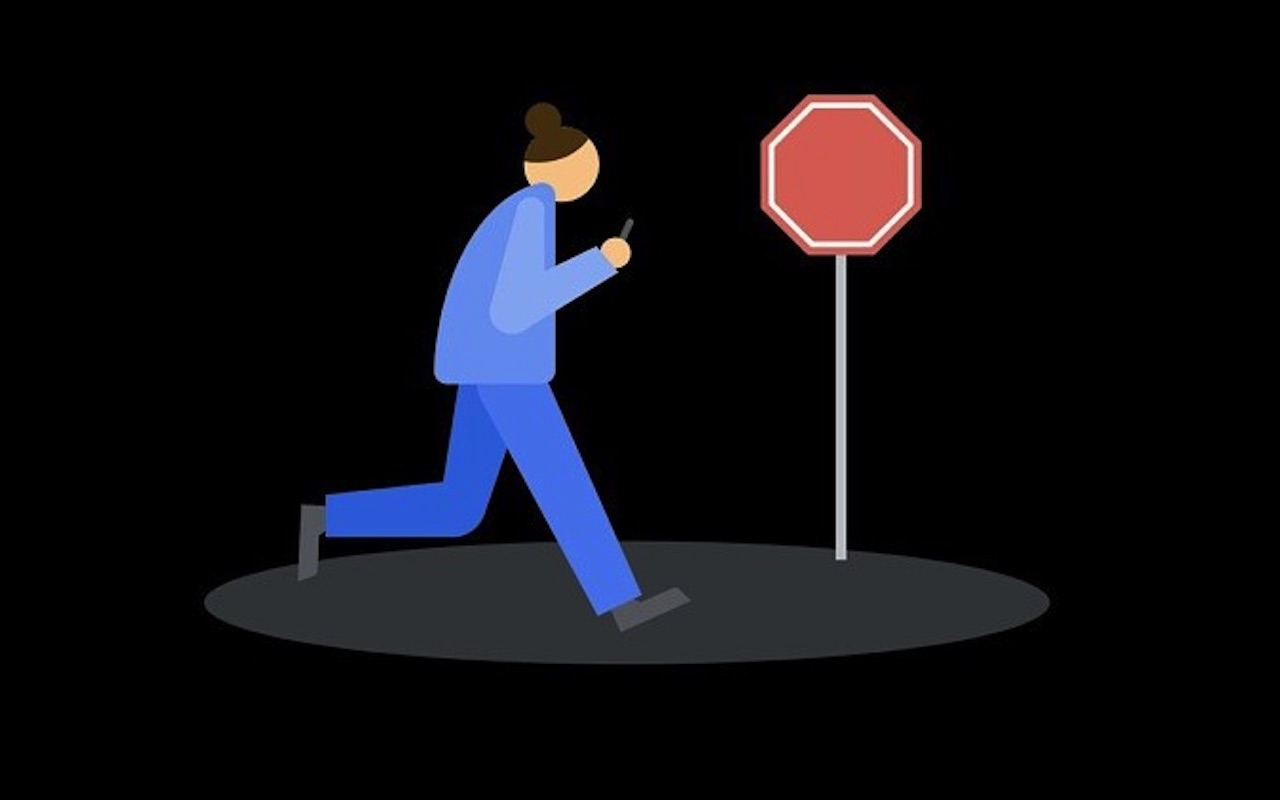Legacy Wear OS App Install Method Is Causing Some Users Problems - Android
According to 9to5Google, some Wear OS app owners are experiencing a problem. Thanks to the deprecation of the legacy Wear OS app install method some new owners are having issues. This hasn’t come out of anywhere though. Google told developers that the method would be deprecated in March. Android Wear 2.0 was given to the [...]
Read More...
The post Legacy Wear OS App Install Method Is Causing Some Users Problems appeared first on Android Headlines.

According to 9to5Google, some Wear OS app owners are experiencing a problem. Thanks to the deprecation of the legacy Wear OS app install method some new owners are having issues. This hasn’t come out of anywhere though. Google told developers that the method would be deprecated in March.
Android Wear 2.0 was given to the world back in 2017. The update introduced the standalone app model and an on-watch Play Store. See Google was aiming for smartwatch apps to no longer be bundled or reliant on the smartphone version. By doing this Google was able to give the Wear OS apps more independence.
Unfortunately, the legacy method remained which left the apps being installable through the Play Store only. Users would have to go to the “Apps on your phone” section of the Play Store to do so. The apps no longer appear in the Google Play search and cannot be featured in the store.
Legacy Wear OS app install is causing some users problems
In addition, the apps “add excessive bloat to the APK that is downloaded onto a user’s phone.” In February Google said that apps using the legacy install method would “effectively be undiscoverable inside the on-watch Play Store” starting March 10.
Now a little over a month later some users are beginning to be affected. When these users were trying to set up their new Wear OS devices they will not have access to these older apps. Now the users’ old watches still have access to them, but not the new ones.
One device seeing a huge impact is the Dexcom G6 glucose monitor. This device uses the companion app to take advantage of the Wear OS client. It takes advantage of this to view readings, trend graphs, alerts, and set alarms on users’ wrists.
One user found themselves unable to install the glucose app after factory resetting their watch. The user had gotten a new Android phone. As a result, they had to reset their watch. Because of that their watch lost access to the app.
However, Google told another user in the same position to reach out to Dexcom directly to ask them to update their old app. In order for the Dexcom watch to be able to use the app, the company would have to switch to the multi-APK model.
Unfortunately, nobody knows exactly how many apps are still actively using the legacy method. In addition, there is no guarantee that developers will actually update their apps. In order for users to be able to have normal functionality developers need to switch to the multi-APK model.
The post Legacy Wear OS App Install Method Is Causing Some Users Problems appeared first on Android Headlines.
13/04/2021 11:09 PM
Spotify's Car Thing Launches For Select Customers
13/04/2021 10:03 PM
Google, Sony Jointly Working To Bring 360 Reality Audio To Android
13/04/2021 07:42 PM
Upcoming Chromebook emoji picker gets fresh design ahead of full release
13/04/2021 05:10 PM
Here are the best places to get your hands on the OnePlus 9 and 9 Pro
13/04/2021 04:16 PM
TicWatch has a new budget health tracker with temperature monitoring
13/04/2021 02:00 PM
The Polestar 2 is getting a cheaper, single-motor option
13/04/2021 06:17 PM
Google Home update adds new call options for iOS and Android users
13/04/2021 11:43 PM
Digital Wellbeing adds Heads Up feature, ready for Pixel users
13/04/2021 04:57 AM
- Comics
- HEALTH
- Libraries & Demo
- Sports Games
- Racing
- Cards & Casino
- Media & Video
- Photography
- Transportation
- Arcade & Action
- Brain & Puzzle
- Social
- Communication
- Casual
- Personalization
- Tools
- Medical
- Weather
- Shopping
- Health & Fitness
- Productivity
- Books & Reference
- Finance
- Entertainment
- Business
- Sports
- Music & Audio
- News & Magazines
- Education
- Lifestyle
- Travel & Local







